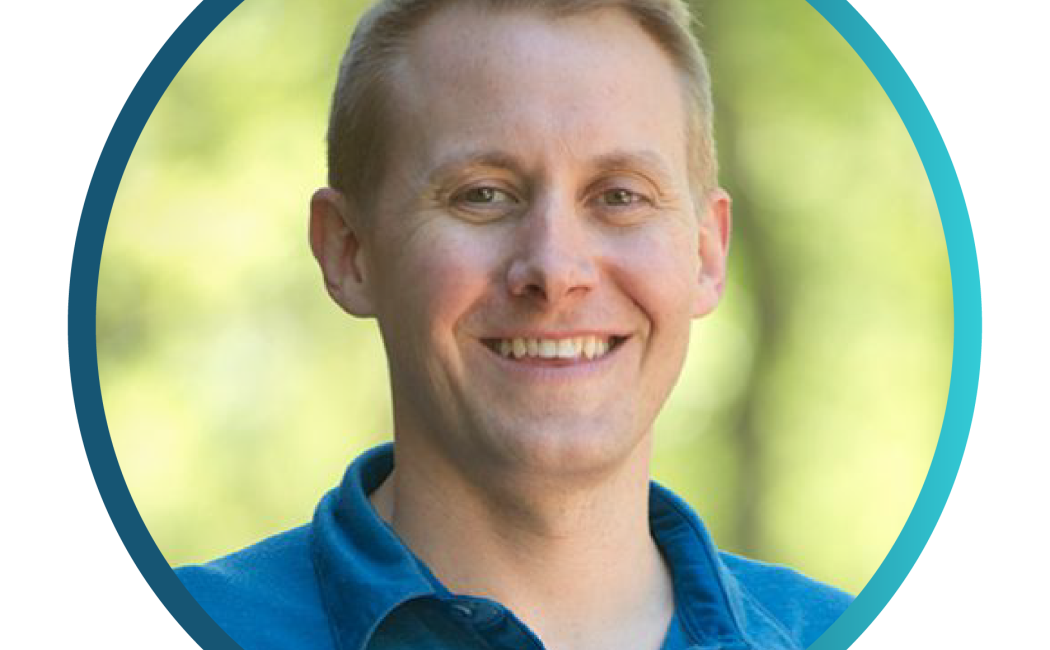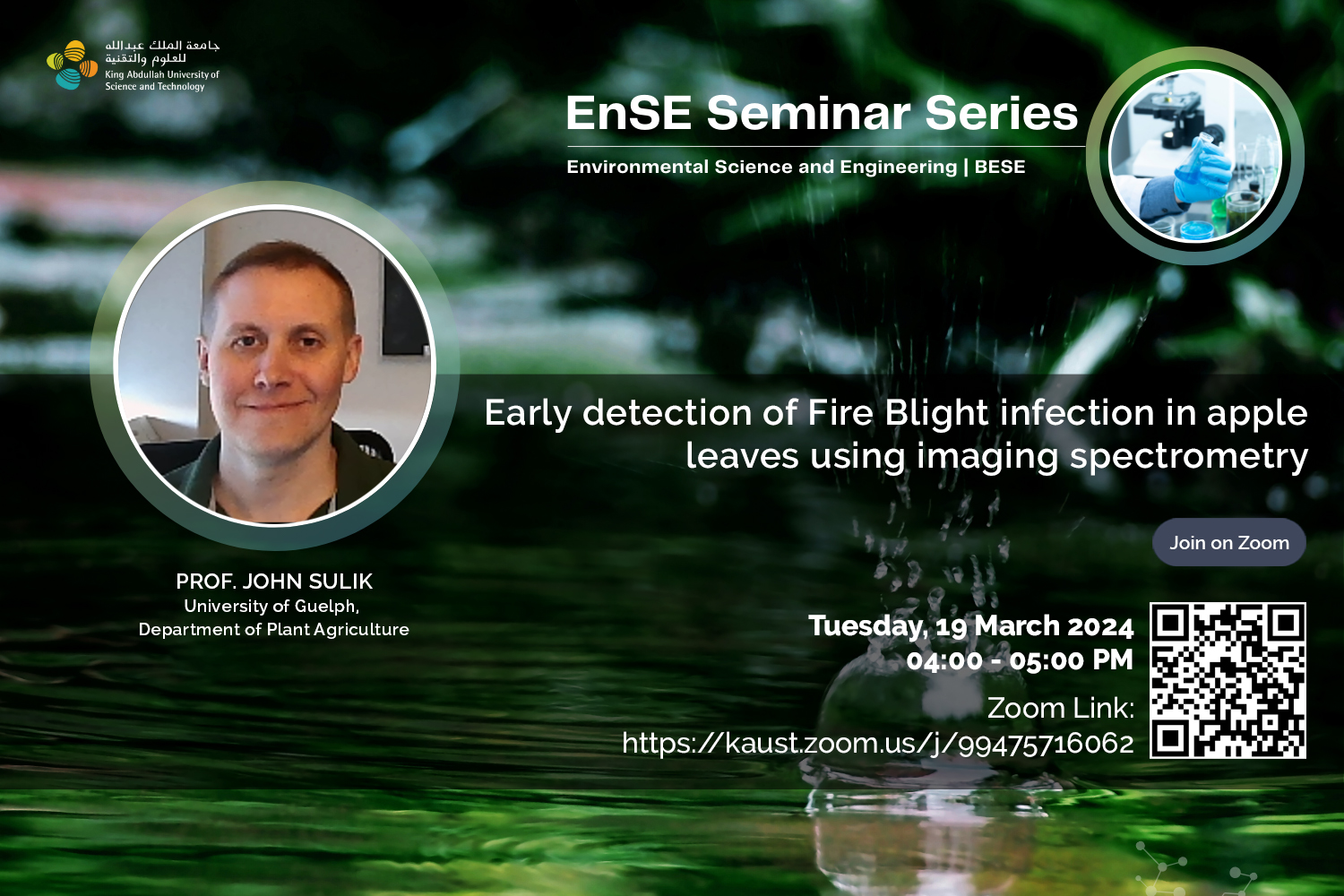



Advanced agricultural organizations are increasingly adopting remote sensing solutions to manage water, nutrient, and other abiotic stress conditions. These solutions often rely on variations in chlorophyll content and leaf area index. However, biotic stress factors, particularly those requiring direct symptom measurement, have been less explored.
In this seminar, we will focus on the use of imaging spectrometry for the early detection and monitoring of fire blight symptoms in apple leaves. Fire blight epidemics, if not managed timely, can lead to substantial economic losses.
Our discussion will delve into the spectral properties of leaves, laying the groundwork for a ‘Fire Blight Finder’. This tool aims to identify early infections, even before they become perceptible to the human eye. Such early detection can potentially minimize economic losses by facilitating prompt intervention and mitigation strategies, including pruning, spraying, fertility management, and irrigation.
We will share the results from a pilot project and engage in a discussion about future research and development opportunities.
John Sulik is an Associate Professor of Precision Agriculture at the University of Guelph, where he specializes in precision agriculture and remote sensing of vegetation. He earned his Ph.D. in Geography from Florida State University in 2011, focusing his dissertation on the sub-national analysis of conflict in Darfur, Sudan.
His research interests are diverse, spanning GIScience, computer vision, machine learning, aerial robotics, and social justice. With over 17 years of experience, he has applied remote sensing and geospatial technologies to various fields, including human rights, soil and water conservation, crop production, and plant phenotyping.
Professionally, he has held positions as a Remote Sensing Applications Specialist and Data Scientist at MicaSense, Inc., a Remote Sensing & Geospatial Applications Technical Leader at Farmers Edge, and a Research Physical Scientist at the USDA Agricultural Research Service. He has also worked as a Remote Sensing Analyst at AAAS and consulted for organizations like Verdant Robotics, Amnesty International, and the Pew Charitable Trust.
Proficient in programming languages and environments such as R, Python, VBA, and IDL, he is also skilled in using specialized equipment like hyperspectral spectroradiometers, multispectral imagers, plant canopy analyzers, and drones. He holds a Drone Pilot Certificate from Transport Canada and is a member of several professional associations, including AAAS, AAG, ASA, ASPRS, ISPA, TIES, and AUVSI.